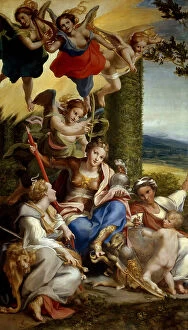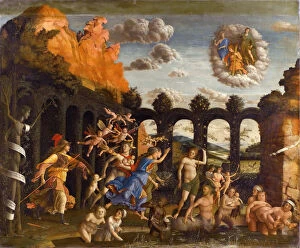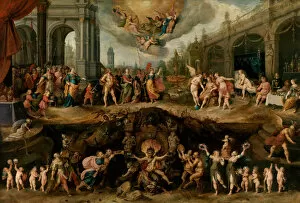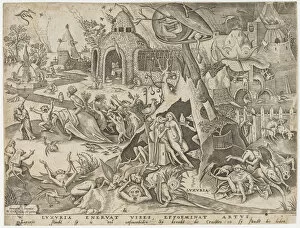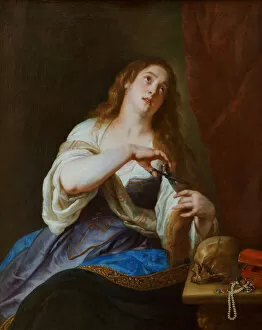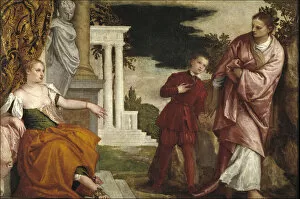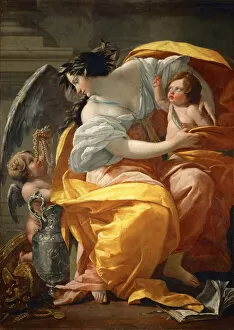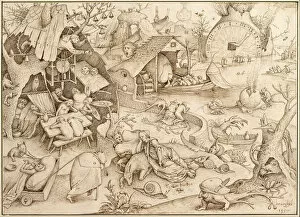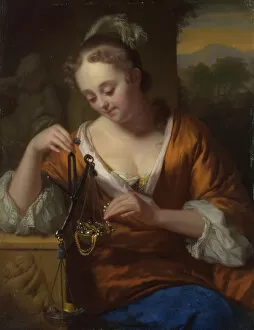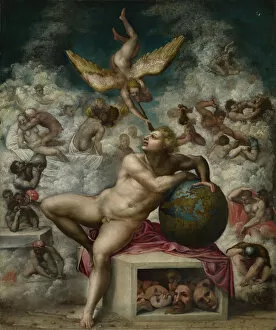Seven Deadly Sin Collection
"The Seven Deadly Sins: A Journey through Art and Morality" Step into the world of sin and virtue as depicted by renowned artists throughout history
All Professionally Made to Order for Quick Shipping
"The Seven Deadly Sins: A Journey through Art and Morality" Step into the world of sin and virtue as depicted by renowned artists throughout history. From Pesellino's "The Seven Virtues" to Hieronymus Bosch's "The Seven Deadly Sins, " these masterpieces explore the depths of human nature. Luxuria or Lust, portrayed in 1558, captures the allure and temptation that often leads us astray. Meanwhile, Mantegna's "Minerva Expelling the Vices from the Garden of Virtue" depicts a battle between good and evil within ourselves. Bosch's enigmatic work reveals a surreal landscape where sins run rampant, urging viewers to reflect on their own transgressions. Tintoretto's "Prosperity" reminds us that material wealth can be both a blessing and a curse. In Crayer's poignant painting, "The Repentant Mary Magdalene, " we witness redemption amidst remorse for past misdeeds. Veronese presents us with a young man torn between virtue and vice, reminding us of our constant struggle to make righteous choices. Vouet's allegory of wealth raises questions about how money can corrupt our souls if not used wisely. Bruegel’s depiction of Acedia (Sloth) warns against idleness and apathy in pursuit of personal growth. Pisanello’s portrayal of Luxuria invites contemplation on desire unchecked by reason. Guidi’s rendition showcases The Seven Virtues as an antidote to sinful inclinations—faith, hope, charity among them—guiding humanity towards righteousness. Through this collection spanning centuries, we are confronted with our own flaws while also finding inspiration for self-improvement. Let these artworks serve as mirrors reflecting both our darkest impulses and our potential for moral transformation.


